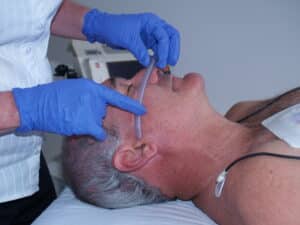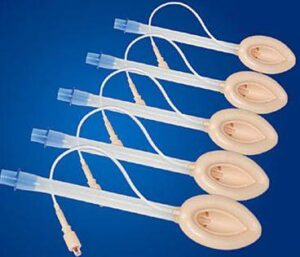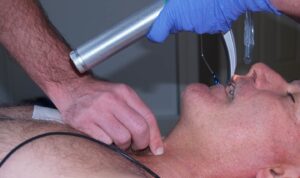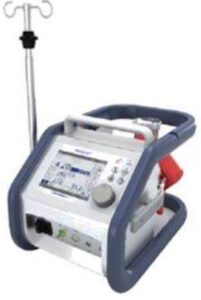Objectives
Airway management is required to provide an open airway when the patient is
Without a patent airway, oxygen (O2) delivery is impaired or prevented. It is vital to get oxygen to the tissues if resuscitation is going to be successful. A variety of airway management techniques and devices can be used to obtain and maintain the airway, facilitate ventilation with high oxygen concentrations and provide access to the airway to enable adequate suctioning of secretions.
ANZCOR Guideline 11.6, 2021
Techniques and adjuncts to assist with airway management include:

Basic airway techniques are crucial elements in obtaining and maintaining airway patency. These techniques include head tilt/chin lift and jaw thrust manoeuvres. Positioning of the patient’s airway is essential to maintain airway patency throughout the resuscitation and is to be implemented irrespective of the presence of an oropharyngeal or nasopharyngeal airway. Prompt assessment, control of the airway and ventilation are essential to prevent hypoxic damage to the brain and other vital organs.
Administer O2 as soon as possible to maximise arterial blood O2 saturation. Rescue breathing (expired air) has an O2 concentration of 15-17%; supplemental O2 (as close to 100% as possible) is to be implemented as soon as available.
At all times, the decision on how best to provide airway management must be made with attention directed to the following factors:
There is insufficient evidence to define optimal timing for placement of an advanced airway during cardiac arrest. A stepwise approach to airway management and ventilation using a combination of techniques is suggested.
To avoid significant interruptions to chest compressions rescuers may defer attempts at insertion of airway adjuncts until the patient has return of spontaneous circulation (ROSC). It is recommended that waveform capnography is used to confirm airway placement and monitor the adequacy of CPR. ANZCOR guideline 11.2, 11.6 2021








